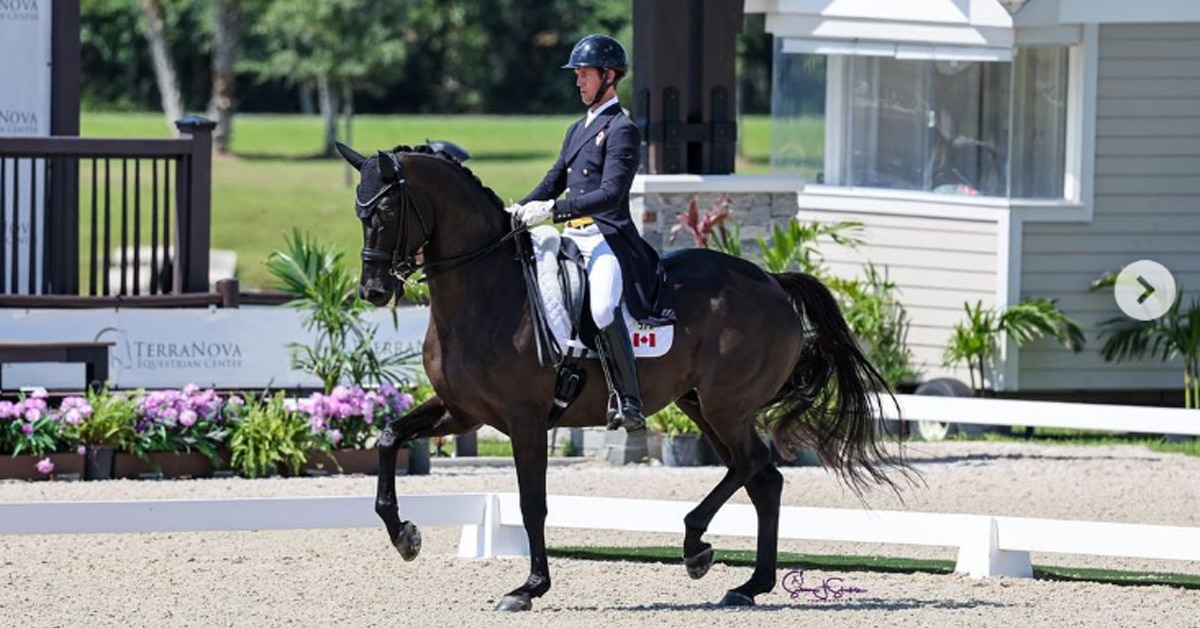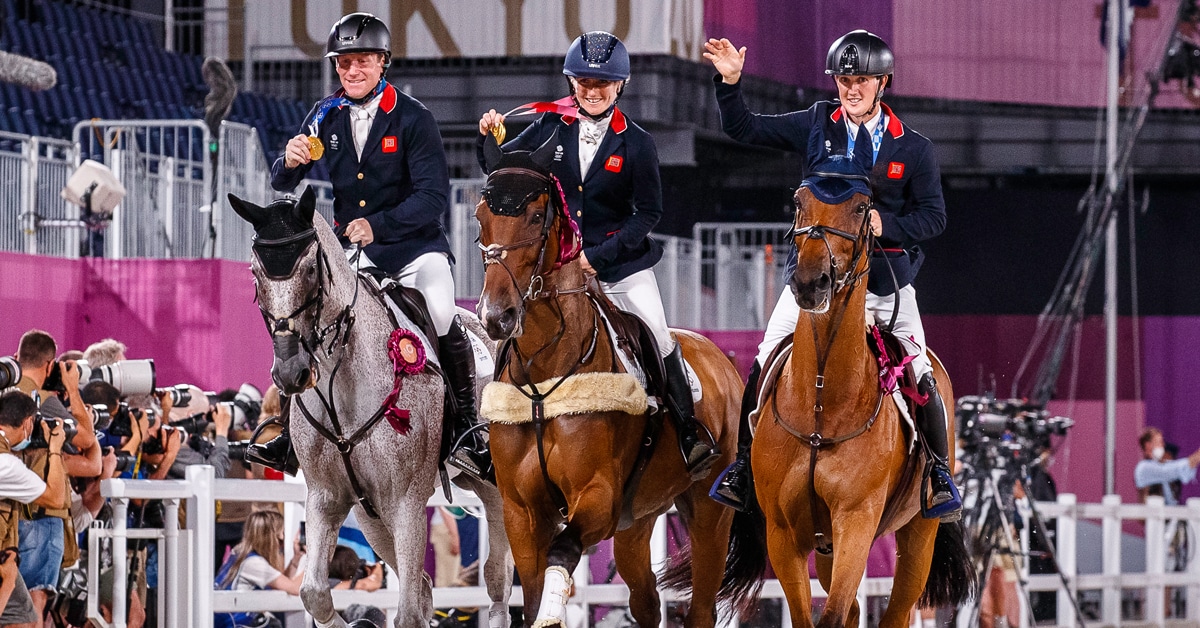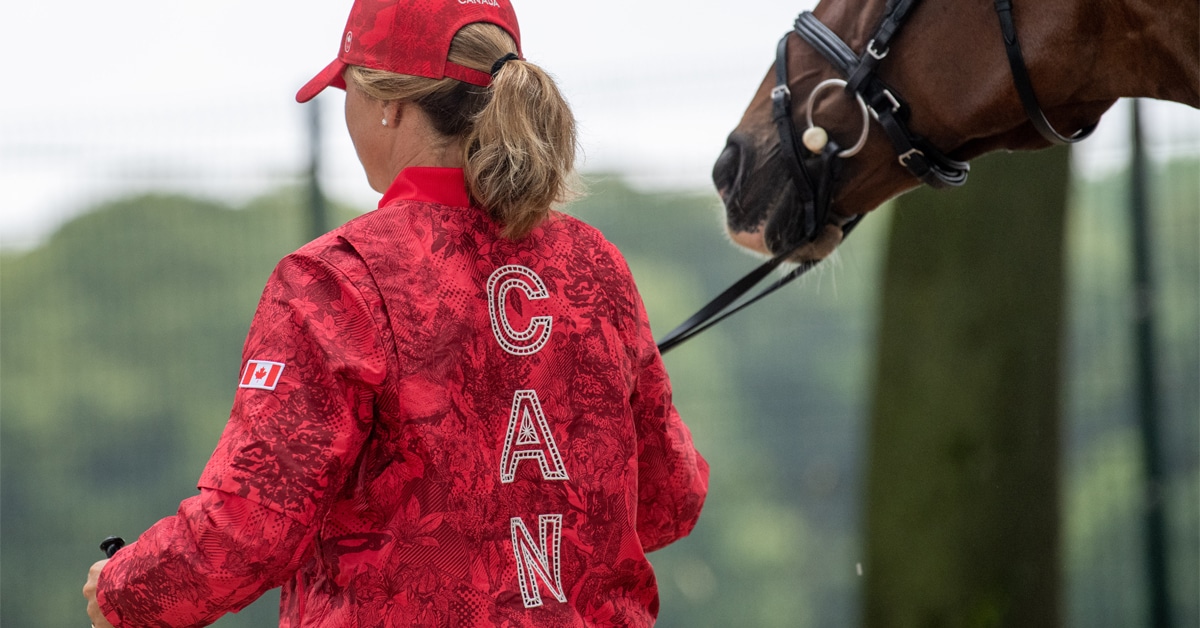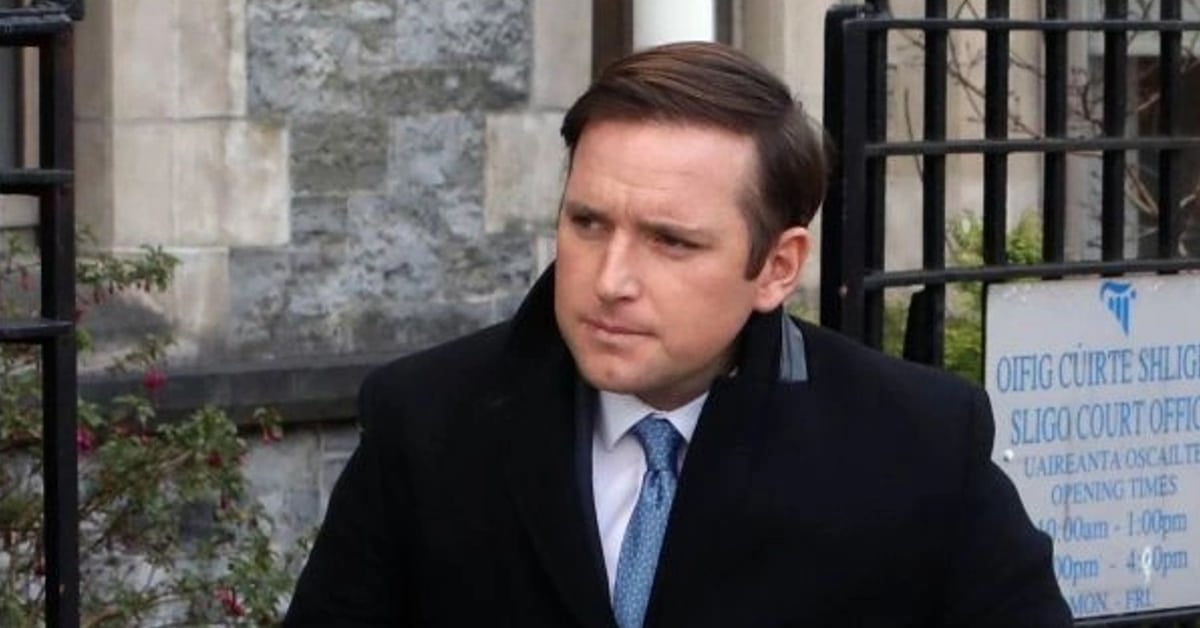The FEI’s Tribunal has recommended a review of the legal department’s rules and methods of working following lenient treatment of sample tampering during the CSI Puebla in Mexico last September.
Mexico-based Irish rider Michael Kearins was accused of trying to substitute a different horse at doping control and intimidating the testing veterinarian. When the correct horse, Gant EK, was finally sampled, he tested positive for the controlled substances phenylbutazone and oxyphenbutazone.
But instead of receiving a suspension of up to two years for tampering as originally anticipated, Kearins was suspended for just three months and fined €2,500.
The issue was handled through the consent procedure, a pre-negotiated settlement sent to Tribunal for ratification rather than determination. While approving the settlement, the Tribunal said it was “unusually lenient” for a rider who had later admitted an anti-inflammatory had been given; shouted at the testing veterinarian and his own groom; made “sustained” efforts to swap the horse; was responsible for, or at least knew about, the disappearance of the horse’s passport from the test vet’s worktable; and then attempted to blame to his own brother, Niall. The Tribunal also criticized the FEI for offering deadline extensions during the legal process and waiting seven weeks to issue the tampering charge.
The FEI legal department explained that the matters were originally brought under the Equine Anti-Doping procedures, where tampering “should” be dealt with. But it was later transferred to the more lenient Equine Controlled Medication rules, the latest version of which enables tampering to be included within the maximum penalty of a six-month suspension. This had to be done, because giving the rider the benefit of the lesser sanction is provided by case law from the Court of Arbitration for Sport.
The Tribunal said, “It is only thanks to the persistence and honesty of the testing veterinarian, the FEI officials and some of [Kearins’] staff that the horse was in fact tested, and the Tribunal considers these officials will likely be rightly concerned that [Kearins] was ultimately given a lenient sanction after his attempts to intimidate them and his persistent attempts to evade the testing of the horse.
”The FEI has acted in good faith but has been constrained by their own rules and methods of working. The Tribunal therefore recommends that these are thoroughly reviewed in light of this case.”
The consent procedure is increasingly used by the FEI, and has accounted for 18 of the 32 anti-doping decisions published so far this year.
The published decision, dated July 29, gives extensive background to the case.
Gant EK was selected for sampling because the previous day he sustained a blow and was notably lame, while next day appearing healthy.
According to the testing vet, the groom brought Gant EK to the testing box not wearing his number. Michael Kearins then appeared, shouting at the groom to wash and walk the horse as it showed slight signs of colic. The groom began to do this, during which time the vet noticed Kearins talking to another person near his worktable. Kearins then went to the washing area and asked the groom to exchange the horse. However, the groom confirmed to the vet this was Gant EK, proved by microchip scan when the vet intercepted him on the way back to the stable.
Kearins said the horse was one that had jumped in a national class. When Kearins was shown the chip scan he still insisted this was the wrong horse, but then agreed it was Gant EK and that he’d been confused as the pair looked similar. The testing vet then discovered that Gant’s passport has disappeared from his worktable.
In December, Kearins advised that Niall Kearins would accept full responsibility for the offences, although was advised that the rider cannot be relieved of responsibility following the actions of someone else.
Giving a revised position on January 5, Michael Kearins said he often did not understand what was going on, as he did not speak Spanish and felt “wrongly accused” (although the vet pointed out that all conversations were in English.) It was his groom that wanted the horse walked and washed. While they were in the wash area, Niall Kearins and another rider had gone to the sampling area to look for them, found no-one there and picked up the passport because it was unattended.
Michael Kearins claimed he told the chief steward and was asked to take the passport to the show office. “I really believe this is unfair to say this is even considered to be a tampering case for the reason and proof that I was never away from the horse and wasn’t the person who took the passport.”
More from News:





